Threats to Bats
Bats have the distinction of being the only mammal that can fly, but they are also frequently misunderstood, feared, and even vilified. Bats are a crucial part of our ecology and provide essential pest control for our farmers, foresters, and city residents, yet nearly a fifth of all bat species are considered critically endangered, endangered, or vulnerable.
Habitat destruction by humans is a serious threat to bats; this includes cutting down the forests where they live and forage, disturbing the caves and old mines where they hibernate. Customs and folklore have led to misunderstanding and fears that cause some people to kill bats in roosts and elsewhere.
Millions of bats are dying from white-nose syndrome. The disease, which does not affect humans, is named for a white fungus on the muzzle and wings of bats. It affects hibernating bats and has been detected in many U.S. states and Canadian provinces, including western Washington. Over 7 million bats on the East Coast have died due to white nose syndrome.
Climate change in the northwest is affecting bats, causing them to adapt to changing temperatures and weather patterns. Extreme spring heat and fire weather are becoming more common, impacting the temperatures and insect populations that bats depend on. This could lead to problems with hibernation and migration patterns, as well as reproductive issues for female bats due to water reduction. To protect these creatures and their habitats, we need to reduce carbon emissions and promote sustainability.
Agricultural land conversion, urbanization, and mine closures are reducing habitats for bats to roost and forage. Misconceptions and lack of knowledge about their ecological roles have contributed to a negative public image of bats, leading to the destruction of roosts on buildings and roofs, which affects bat populations. While human disturbance of bat roosts in caves and structures is a concern at some sites, it is not considered a significant threat to most species in the state.
One of the biggest threats to bats is cats, which are responsible for a high number of bat casualties.
While cats don't eat bats, they will catch and play with them until they die. Cats often return to the same roost night after night to hunt. To help protect bats, it's important to keep cats indoors at night.
Bats are susceptible to being killed at wind energy facilities. Hoary bats and silver-haired bats comprise almost 98% of the bats killed by wind turbines since commercial wind energy production began in Washington in 2001. In 2011, an estimated minimum of 2,419 bats were killed at operational wind projects in the state. This industry continues to grow in the state of Washington, but recent technology has been introduced to protect bats including ultrasonic deterrents that may prevent bats from approaching the wind turbines.





